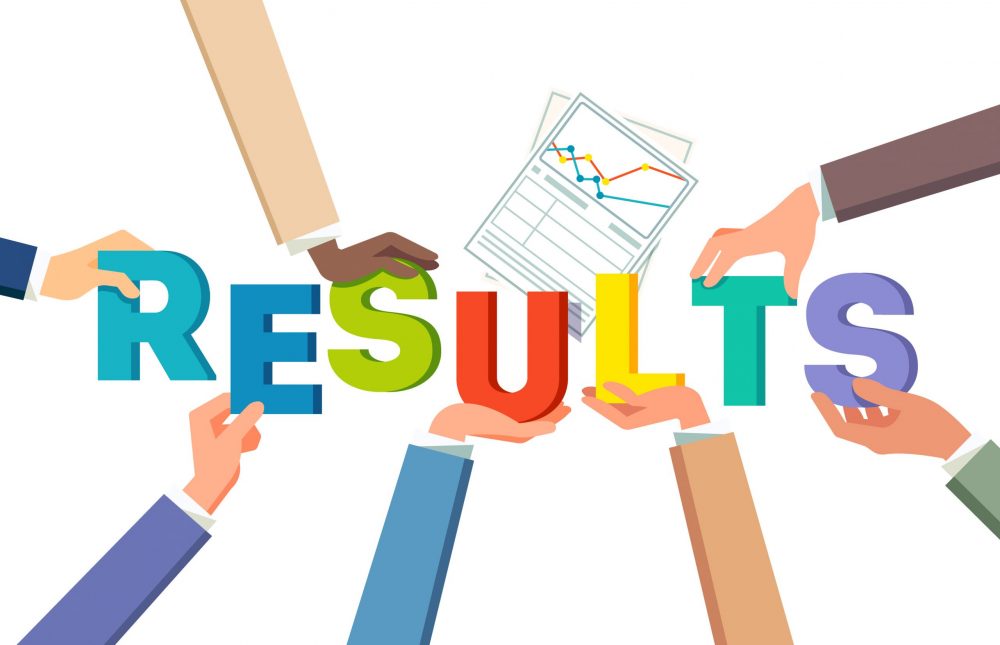Choose a Context at work about how you communicate and influence. (E.g. communicate with my team; work with customers, create new ideas, etc.)
What is the Context?
















when you start something, you consider many choices, and sometimes it’s a challenge to pick one or follow through.






























Please provide your name and email below. By providing this information you agree to receive emails with further communication tips, and about programs and events etc.
You have just completed the Language and Behavior Profile (LAB Profile®) Questionnaire in the context of %%FIRST%%
* Do not leave the page or reload the page *
by Shelle Rose Charvet

We recommend you print this page as a pdf to keep your results handy
[showtaggcontent id="1"]
[showtaggcontent id="2"]
[showtaggcontent id="3"]
[showtaggcontent id="4"]
[showtaggcontent id="5"]
[showtaggcontent id="6"]
[showtaggcontent id="7"]
[showtaggcontent id="8"]
[showtaggcontent id="9"]
[showtaggcontent id="10"]
[showtaggcontent id="11"]
[showtaggcontent id="12"]
[showtaggcontent id="13"]
Productivity Patterns – The Working Traits
These explain how people go about processing information, how they handle stress, the environments in which they are the most productive, and how they go about becoming convinced. These are the internal processing habits rather than what will trigger a person’s motivation. Remember, as with the Motivation Triggers™, these may change based on the Context or situation that the person is in. For example, some people prefer to know all the details when they are purchasing a new hi-tech camera, but then just want an overview of features and benefits for the purchase of a dishwasher. Similarly, I may be very Thing-oriented when I am writing a document at work but want to speak to a person when thinking about investing.
These patterns also illustrate how to approach someone when you want to persuade them.
[showtaggcontent id="14"]
[showtaggcontent id="15"]
[showtaggcontent id="16"]
[showtaggcontent id="17"]
[showtaggcontent id="18"]
[showtaggcontent id="19"]
[showtaggcontent id="20"]
[showtaggcontent id="21"]
[showtaggcontent id="22"]
[showtaggcontent id="23"]
[showtaggcontent id="24"]
[showtaggcontent id="25"]
[showtaggcontent id=""]
[showtaggcontent id="28"]
[showtaggcontent id="27"]
[showtaggcontent id="29"]
[showtaggcontent id="31"]
[showtaggcontent id="30"]
[showtaggcontent id="32"]
Convincer Channel
When people are going through the process of becoming convinced about someone or something at work, they generally go through two phases. First, they need to gather some information to inform their decision. Convincer Channel describes the type of information they need in a situation to start the process of getting convinced about something. The patterns are: See, Hear, Read, Do.
Many people will need more than one of the patterns.
[showtaggcontent id="36"]
[showtaggcontent id="34"]
[showtaggcontent id="35"]
[showtaggcontent id="33"]
The second phase in becoming convinced has to do with what has to happen to the information or evidence previously gathered to make a person become “convinced” of something. Each person has their own way of knowing how much information is enough. The patterns are: Number of Examples, Automatic, Consistent and Period of Time.


